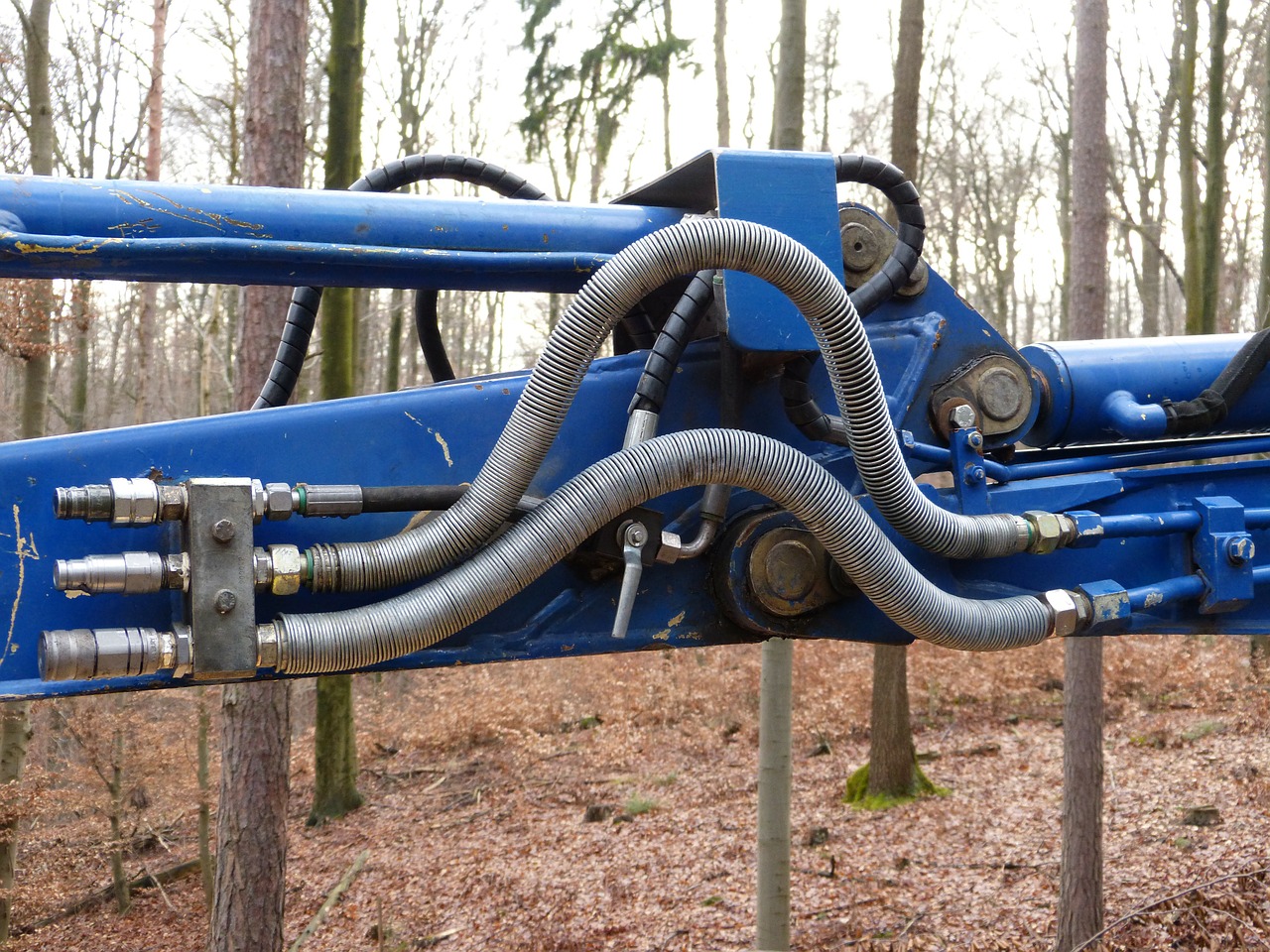Whether you’re looking to design and set up a new, bespoke hydraulic system from scratch or purchase an off-the-shelf model, it’s worth considering the ‘working backwards’ approach to proactive maintenance. By creating a plan that highlights critical areas of strain on the machinery, strenuous and wearing tasks, and sources of abrasion and corrosion ahead of time, you can match protective measures and preventative repairs to your system’s needs.
Why is Back-to-Front Hydraulic Maintenance Better Than Reactive?
Traditionally, maintenance plans would be developed for hydraulic systems as and when problems presented themselves. Engineers reacted to faults and failures, finding workarounds and improvements. While reactive maintenance saves some money and time on setup, it’s alarmingly dependant on trial and error experimentation with business-critical systems. It can leave hydraulics open to sudden unforeseen failures that can damage or destroy the system. Reactive strategies can also inflate repair and checking costs and are often poor at anticipating long-term problems.
Back-to-front is the solution. Pre-implementation testing, auditing, simulations, and preventative design help detect and mitigate problems by creating a bespoke maintenance schedule before the system goes online.
How Does Back-to-Front Maintenance Work?
Before the hydraulics are installed, the owner investigates how the machine will work and where the hydraulic system’s weak points are. They’ll also audit a short list of components to find out more about how they’ll perform in practice and where they’ll fall short or experience stress.
Ideally, they’ll also take user reviews and tips, the environment (particularly if outdoors or near water), and expert engineering advice into account. Instead of relying on a ‘one-size-fits-all’ maintenance model, a dedicated check-up schedule develops from these pre-purchase and pre-use assessments.
Engineers match the frequency and intensity of planned maintenance to the probability of failure, increasing operator and worksite safety, and cutting down on wasted time. Valves, connectors, pumps, and pipelines are scheduled for replacement, based on a lifespan table drawn up during the planning phase.
Back-to-Front planning allows for the machine’s performance to be fine-tuned, too. Using past data, tests, and simulated calculations, hydraulic pressure, and fluid viscosity are precisely matched to the applications your workplace needs. Back-to-Front streamlining saves energy, improves overall performance, and extends the expected lifespan of your components.
Hydraulic Components and Advice from Hydrastar
With over 50,000 hydraulic components in stock and years of expertise, Hydrastar have the parts and tips to help you put together the custom hydraulic maintenance schedule you need to succeed. Contact us today to find out more.
Image source: Pixabay



